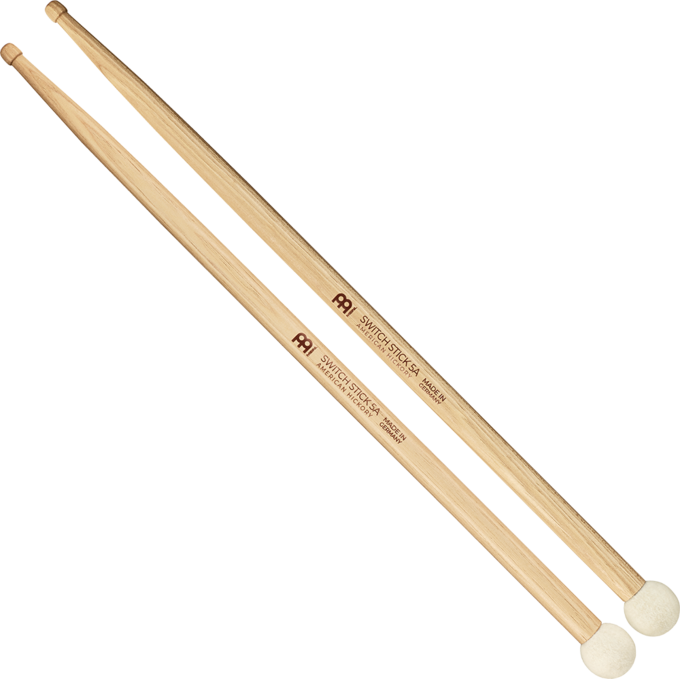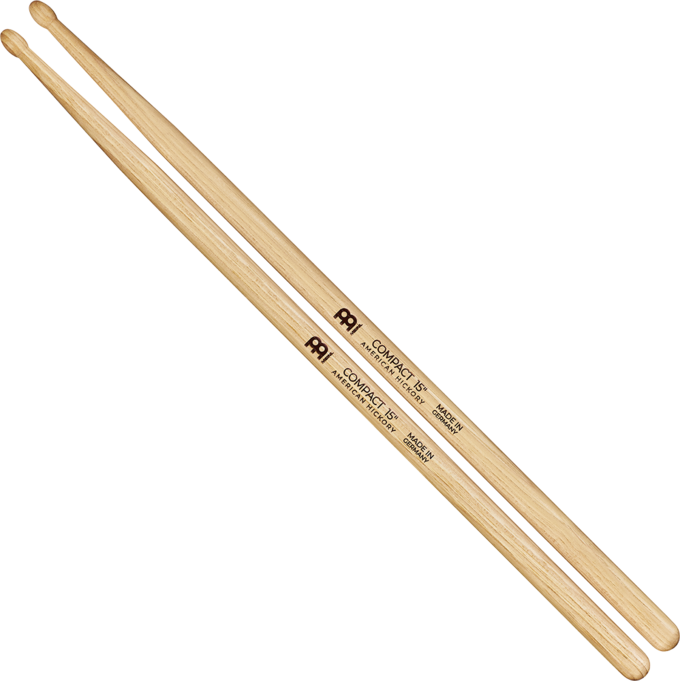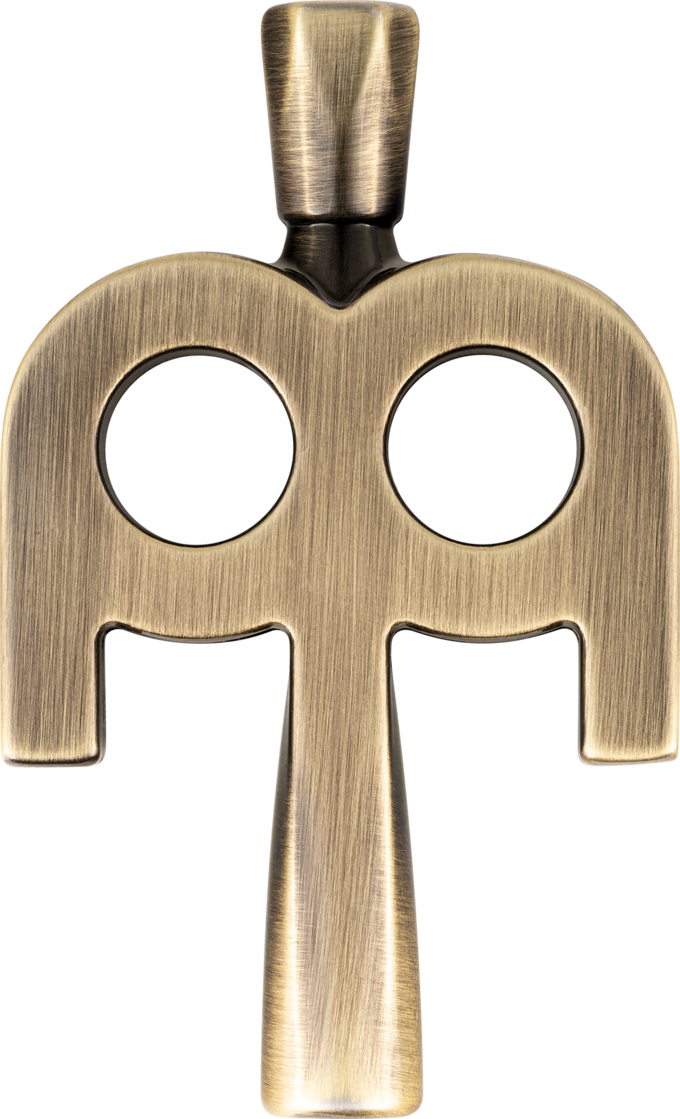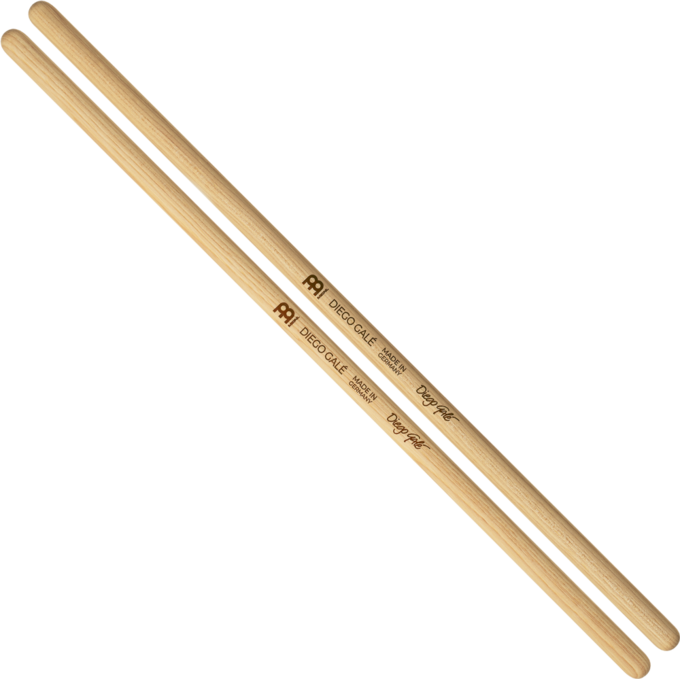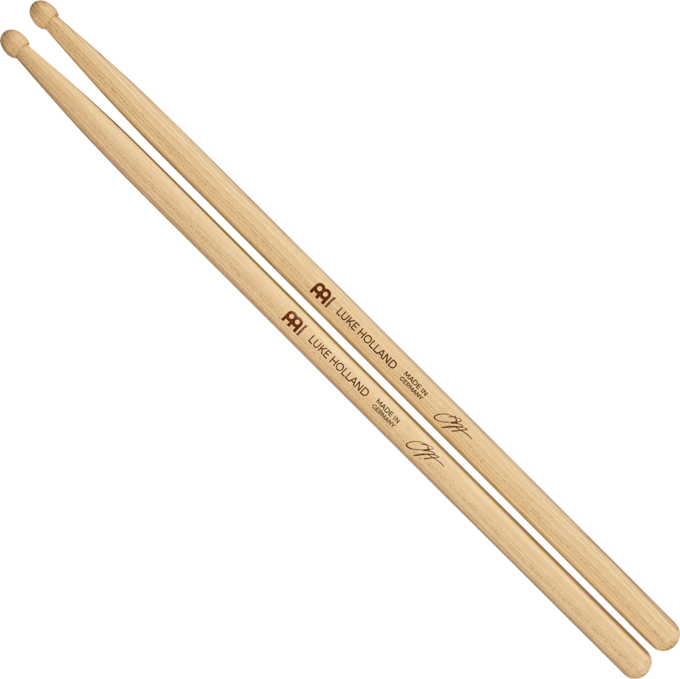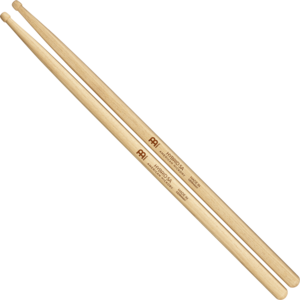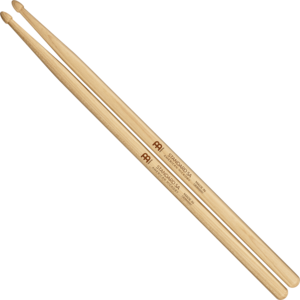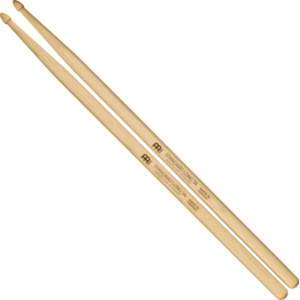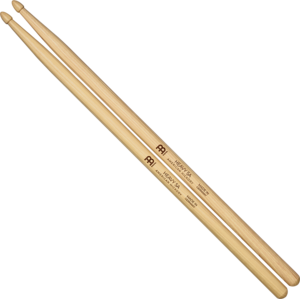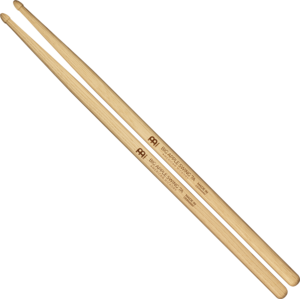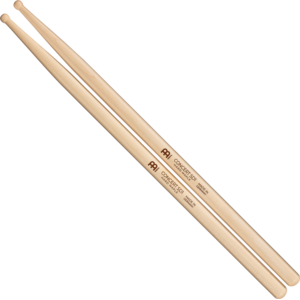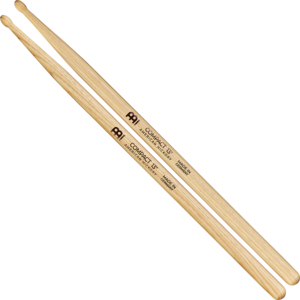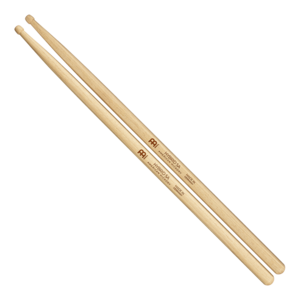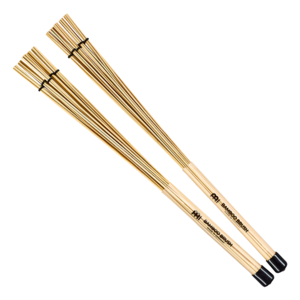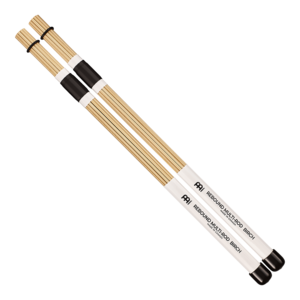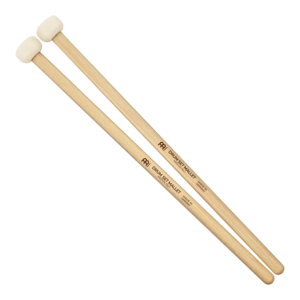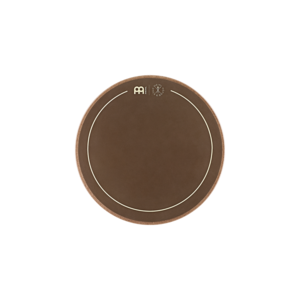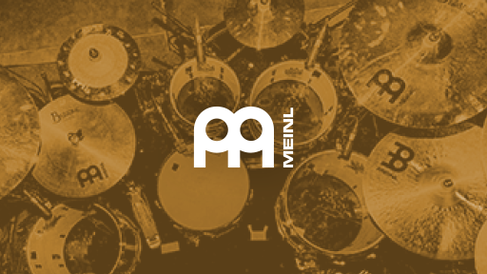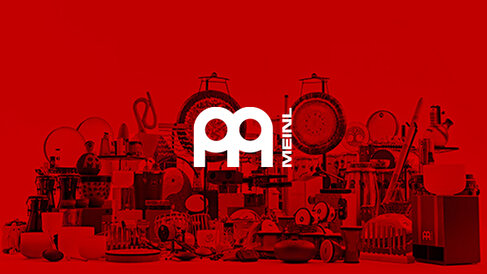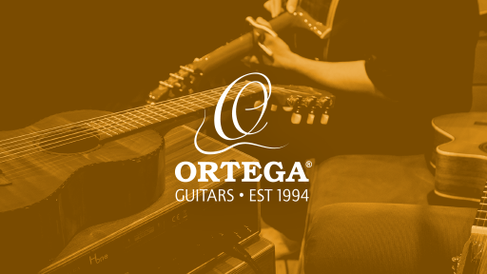Meinl Stick & Brush Wiki
A
The Classic acorn tip shape produces full tonal response on cymbals and drums with clarity and articulation.
B
The barrel tip produces woody stick definition with less mid-range overtones on cymbals than traditional round ball tip designs.
The end of each Meinl stick is rounded for a more comfortable grip.
C
Scaling down length and diameter below what you typically see, our Compact Drumsticks are a great fit for drummers who prefer the balance and reach of a shorter stick around their drums and cymbals.
These models also play well on e-drums where striking surfaces are smaller than an acoustic kit. Plus, their size makes them ideal for younger drummers and students. Our Compact Drumsticks are made from the same grade of durable American hickory as our standard size drumsticks.
D
The diameter is the thickness of the shaft. This is the most defining feature of how the stick will feel in your hands. For hard hitters, thicker sticks will transfer more energy and last longer, but thinner sticks may be preferred when touch or quickness is needed.
The terms 5A, 5B, 7A and 2B are traditional names for different diameters. Typically a 7A is a thin stick, a 2B is a thick stick, and 5A and 5B are in the middle with 5B being a little thicker than the 5A.
Multi-Rods are created when dowels consisting of different materials such as Birch, Bamboo, Hardwood, and Nylon are bundled together. The material used along with the size, thickness and number of dowels determines the sound, weight, and response.
Thick dowels are great for attack and volume, while thinner dowels offer lower overall volume and a softer attack. Multi-Rods differ from Brushes in that the dowels are generally thicker and more rigid than with Brushes.
H
In the brush line, there is a wide variety of handles offered featuring differing diameters and materials ranging from rubber, aluminium, wood, and plastic.
The unique tip starts as an acorn shape, which is trimmed down to the classic barrel size for a hybrid design that produces a dark and smooth articulation on cymbals.
L
The distance from the tip to the butt end is the length. Sticks with extra length added can provide a better overall balance which is why our Heavy models, which have greater diameters, also have an increased length over Standard models.
M
In this process the dowels are presorted into specifically set weight categories.
Presorting of the dowels is one of the most important steps of our production. We differentiate between ten different weight categories and choose one weight category, depending on which stick should be produced.
N
The neck is the thinnest part of the stick connecting the tip to the stick.
O
The oval shape wood tip brings out a full sound on drums and cymbals, and it’s perfect for definition along with a supportive wash that is present through all dynamics without taking over.
P
Our Standard Wire Brush and Vintage Wire Brush feature retractable wires which allows the thin wires to be protected when not in use. The wires are then pushed out or pulled in by the rod at the end of the handle.
Models with fixed wires don’t have a push/pull rod and the other retractable brushes can pulled out or pushed in by hand.
R
The round tip is easy to control and responds consistently on all playing surfaces.
S
The shaft is the longest part of the stick covering the area that you hold and also where the most punishment from rimshots is absorbed.
This is the area of the stick where the taper begins and the shaft ends.
T
The taper begins at the shoulder and ends at the neck thinning along the way. The length and degree of the taper determines how a stick responds off of a drumhead or cymbal surface like a ride cymbal.
A stick with a long taper will have more rebound and can feel lighter since more weight is in the shaft, while a stick with a short taper will feel front heavy and more powerful. Additionally, sticks with a shorter and thicker taper are typically more durable when used for lots of crashes and crash-riding.
The tip is the part of the stick that is typically used to transfer the energy of motion from the stick into your drums and cymbals. The tone created is a result of the size and shape of the tip and is most noticed on cymbals.
To make sure our drumsticks are made to each model’s exact specifications, we use a tripled frequency pitching. This means that every drumstick gets turned by 1/3 a total of three times to obtain information about the frequency from each side of the tip.
The frequency difference may not exceed 5 hertz from the other sticks of the model being tested. Otherwise it will not pass quality control.
W
Drumsticks get paired not only by weight but also through a tripled frequency pitching.
Brushes use very soft and flexible materials which are typically fanned out, but can also be bundled together. Materials found in brushes consist of metal and nylon wires, bamboo, and straw.
Metal wires generate snappy and crisp slaps as well as lush sweeping tones. Nylon wires provide both flexibility and durability with a warmer sound. Straw material creates a unique soft attack and fat warmth.



